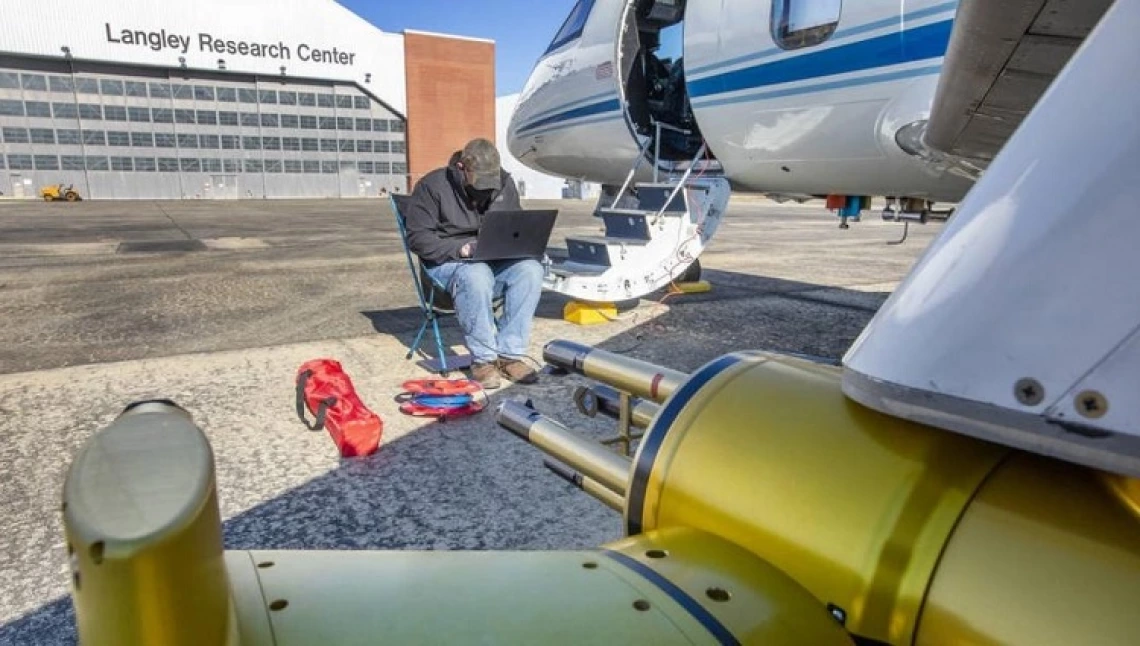Sorooshian's Marine Cloud Study Enters Second Year

The Aerosol Cloud meTeorology Interactions oVer the western ATlantic Experiment, led by CHEE professor Armin Sorooshian, is continuing its research of short- and long-term climate models. ACTIVATE began the third of six planned flight campaigns — two campaigns each year beginning in 2020 and ending in 2022 — in late January at NASA's Langley Research Center in Hampton, Virginia.
Cloud formation in the atmosphere depends on the presence of tiny particles called aerosols. ACTIVATE scientists are working to understand how variations in these particles from human and natural sources affect low lying clouds over the ocean and how those clouds in turn affect the removal of these particles from the atmosphere.
Cloud feedback, or the absorption and reflection of solar energy by clouds, is one of the biggest remaining uncertainties in climate models. By unraveling some of the mysteries of the formation and evolution of clouds, ACTIVATE scientists will provide crucial data to reduce those uncertainties. The western North Atlantic Ocean is an ideal location for the study because it provides a wide range of weather conditions and receives a variety of aerosol types from sources such as the East Coast, the ocean and even wildfires from the West Coast — as researchers learned during the 2020 flights.
To collect this data, the study employs two aircraft flying in coordinated fashion — an HU-25 Falcon flying through clouds taking measurements from the surrounding atmosphere and a King Air flying at higher altitude taking both complementary remote sensing measurements from above and launching dropsondes to get important weather data.
COVID-19 forced the ACTIVATE team to alter its 2020 flight schedule and push the second set of flights originally planned for the spring to late summer. With continued stringent safety protocols, ACTIVATE researchers hope to stick to their planned schedule in 2021, with the current flights lasting through March and a second set of flights in May and June.
"Our team did a remarkable job of persevering and staying focused under very challenging circumstances last year, and we aim to continue that momentum and focus into this next deployment," Sorooshian said. "If the 2021 flight data are anywhere near as intriguing in terms of the range of aerosol and meteorological conditions we observed in 2020, they'll be extremely rich and build on an already large and valuable data archive for the international research community. Building statistics across a range of atmospheric variability is critical for better understanding of aerosol-cloud-meteorology interactions."
